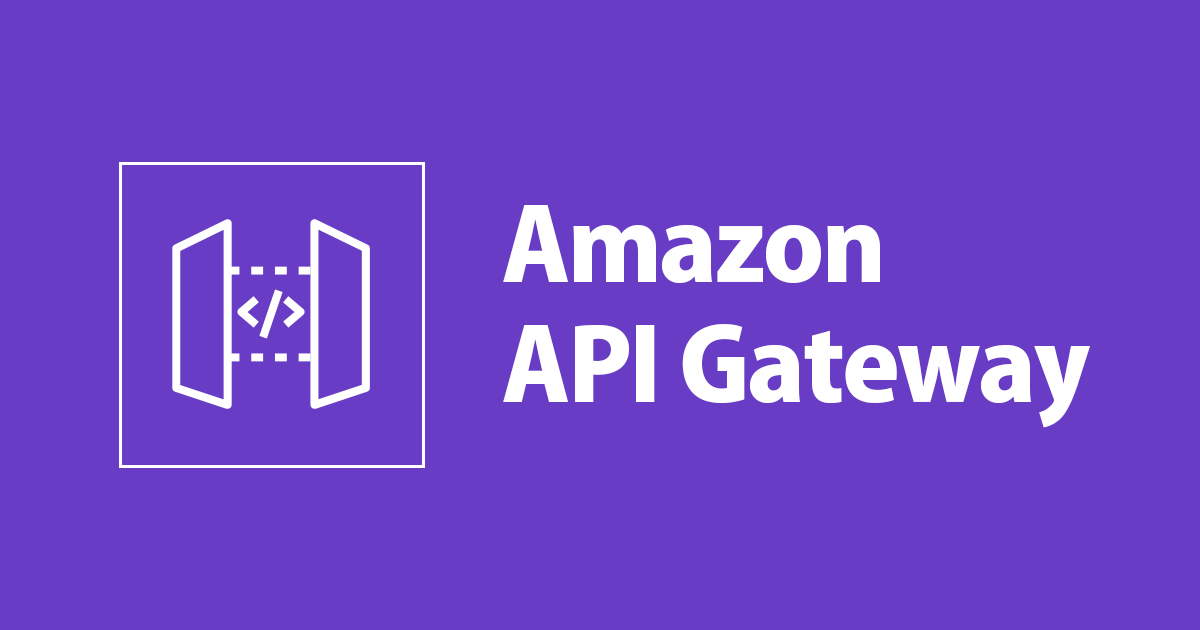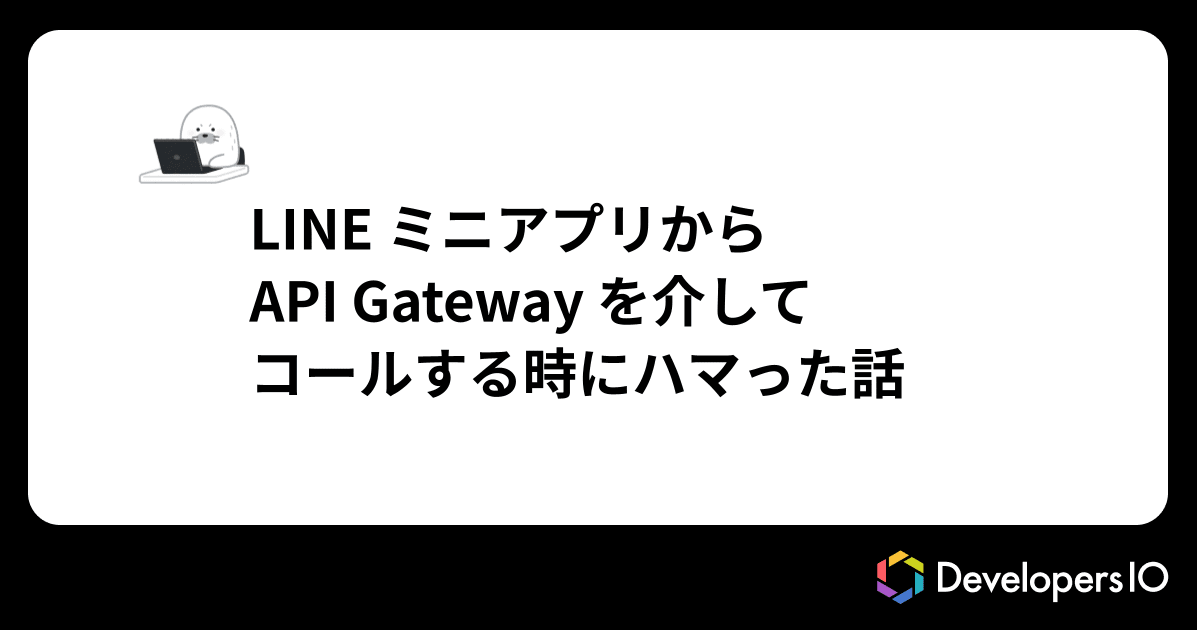
CloudFormationでAPI Gateway(REST API)のデフォルトエンドポイントを無効化する
いわさです。
前回の記事で、SAMの場合はDisableExecuteApiEndpointが期待した動作にならない場合があり、直接OpenAPIドキュメント内でdisableExecuteApiEndpointを指定する必要がある場合について触れました。
では、CloudFormationの場合はそもそもDisableExecuteApiEndpointプロパティは動作するのでしょうか。
こちらを確認してみました。
CloudFormationテンプレート
前回の記事で使ったSAMテンプレート(mTLS+カスタムドメインなAPI Gateway)をCloudFormationで再現すると以下のような構成になります。
ハイライト部分が該当のプロパティです。
AWSTemplateFormatVersion: '2010-09-09'
Description: ---
Parameters:
ApiName:
Description: API Gateway Name
Type: String
HostedZoneId:
Description: Hosted Zone Id
Type: String
CustomDomainName:
Description: Custom Domain Name
Type: String
TrustStoreS3Uri:
Description: TrustStore S3 URI
Type: String
Default: s3://xxx/xxx.pem
Resources:
Api:
Type: AWS::ApiGateway::RestApi
Properties:
Name: !Ref ApiName
Body:
Fn::Transform:
Name: AWS::Include
Parameters:
Location: ./openapi.json
DisableExecuteApiEndpoint: true
EndpointConfiguration:
Types:
- REGIONAL
Deployment:
Type: AWS::ApiGateway::Deployment
Properties:
RestApiId: !Ref Api
StageName: iwasa-stage2
CustomDomain:
Type: AWS::ApiGateway::DomainName
Properties:
DomainName: !Ref CustomDomainName
EndpointConfiguration:
Types:
- REGIONAL
MutualTlsAuthentication:
TruststoreUri: !Ref TrustStoreS3Uri
RegionalCertificateArn: !Ref Certificate
SecurityPolicy: TLS_1_2
BasePathMapping:
Type: AWS::ApiGateway::BasePathMapping
DependsOn: CustomDomain
Properties:
DomainName: !Ref CustomDomainName
RestApiId: !Ref Api
Stage: iwasa-stage2
DnsWebRecord:
Type: AWS::Route53::RecordSet
Properties:
Name: !Ref CustomDomainName
Type: A
AliasTarget:
DNSName: !GetAtt CustomDomain.RegionalDomainName
HostedZoneId: !GetAtt CustomDomain.RegionalHostedZoneId
HostedZoneId: !Ref HostedZoneId
Certificate:
Type: AWS::CertificateManager::Certificate
Properties:
DomainName: !Ref CustomDomainName
DomainValidationOptions:
- DomainName: !Ref CustomDomainName
HostedZoneId: !Ref HostedZoneId
ValidationMethod: DNS
それにしても、SAM比較すると随分といろいろなリソースが登場し、また依存関係が複雑ですね。
抽象化してくれるSAMの偉大さを知りました。
cfn-lintでは該当プロパティがエラーになりましたが、無視してデプロイしました。
CloudFormationではDisableExecuteApiEndpointが期待どおり動作する
CloudFormationの場合は、DisableExecuteApiEndpointで制御が出来ていますね。
注意点
上記のテンプレートはエッジ最適化ではなくリージョンのものです。
SAMだとうまくそのあたりも抽象化してくれるのですが、CloudFormationの場合だとREGIONALかEDGEかはだいぶ意識して組み立てる必要があります。
また、AWS::ApiGateway::BasePathMappingはカスタムドメイン作成後に作成される必要があります。
よって上記テンプレートでは、DependsOn: CustomDomainを指定しています。
2022-03-18 16:23:01 UTC+0900 BasePathMapping CREATE_FAILED Resource handler returned message: "Invalid domain name identifier specified (Service: ApiGateway, Status Code: 404, Request ID: 809c35ff-c315-4d71-83a9-6f606e6395eb, Extended Request ID: null)" (RequestToken: ffc45dd0-bbe1-1ff2-43ba-3c53046e1e96, HandlerErrorCode: NotFound)
さいごに
CloudFormationだとリソースプロパティで期待どおり動作してくれることが確認できました。
しかし、作成するリソースが多かったり、色々意識したりすることが多いのでSAMはうまいこと抽象化してくれてるんだなというのを実感しました。
今回のDisableExecuteApiEndpointのように一部SAMで対応しきれていないケースもあるとは思うのですが、SAMでシンプルにAPIを表現できるようになるのは捨てがたい。








